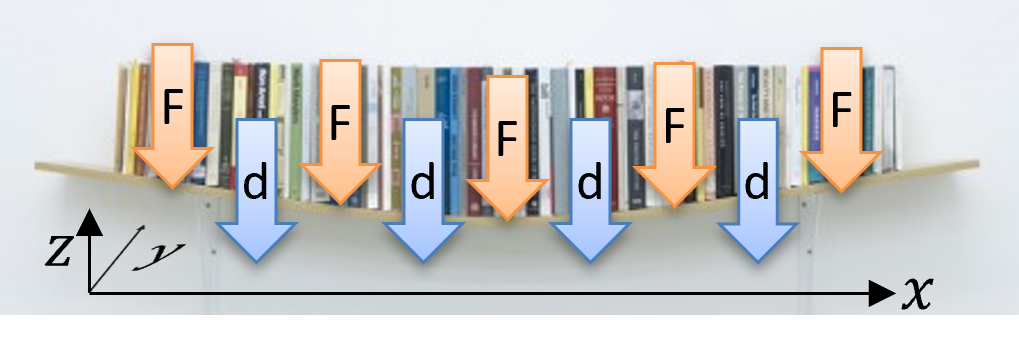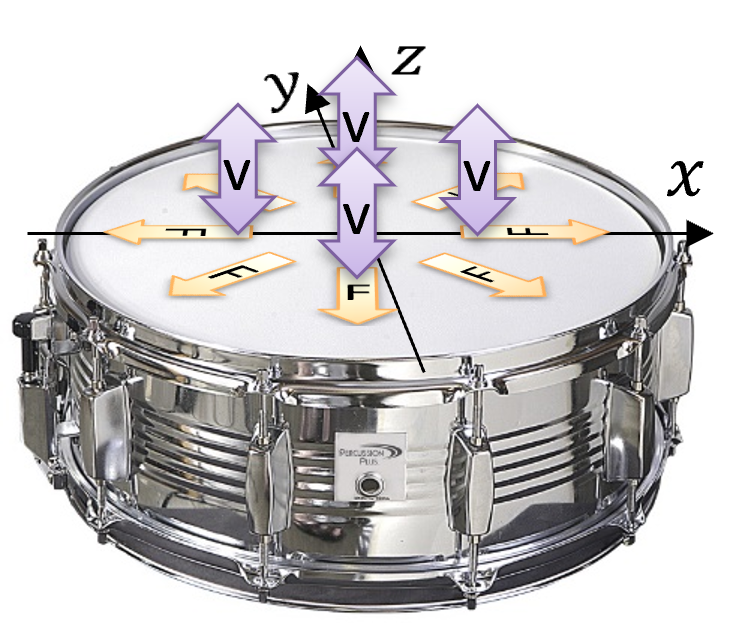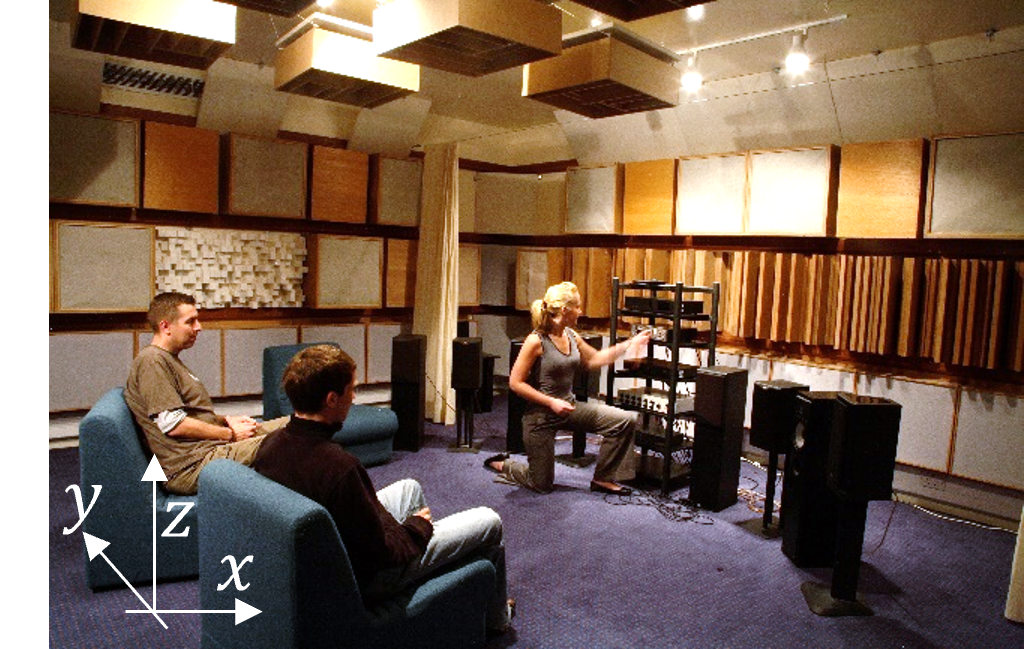Dimensionality
Contents
Dimensionality#
Authors: Jonathan Hargreaves, Amelia Gully
Warning
This part of the site is currently under development. Its content is incomplete.
Will the mesh be set up in one, two or three dimensions? What about axisymmetry? The more dimensions, the greater the computational cost of your model. If your model is regular or symmetrical, you may be able to exploit this to reduce the problem size.
Note
For FEM & FDTD this modifies the PDE. For BEM, this modifies the Green’s function. Compactness can be an issue for the latter.
1D#

Fig. 10 1D Geometry. Image credit: Jonathan Hargreaves#
Decribe here what the image shows
Domain is an interval
Boundaries are points
2D#

Fig. 11 2D Geometry. Image credit: Jonathan Hargreaves#
Decribe here what the image shows
Domain is an area
Boundary is a line
3D#

Fig. 12 3D Geometry. Image credit: Jonathan Hargreaves. Depicts the University of Salford Listening Room.#
Decribe here what the image shows
Domain is a volume
Boundary is a surface
Examples Computational Cost Savings - Meshing a Loudspeaker#
2D Axisymmetric#

Fig. 13 2D Axisymmetric Mesh. Image credit: Jonathan Hargreaves. Produced using Gmsh 20 elements.#
Full 3D#

Fig. 14 3D Mesh. Image credit: Jonathan Hargreaves. Produced using Gmsh 2667 elements.#
